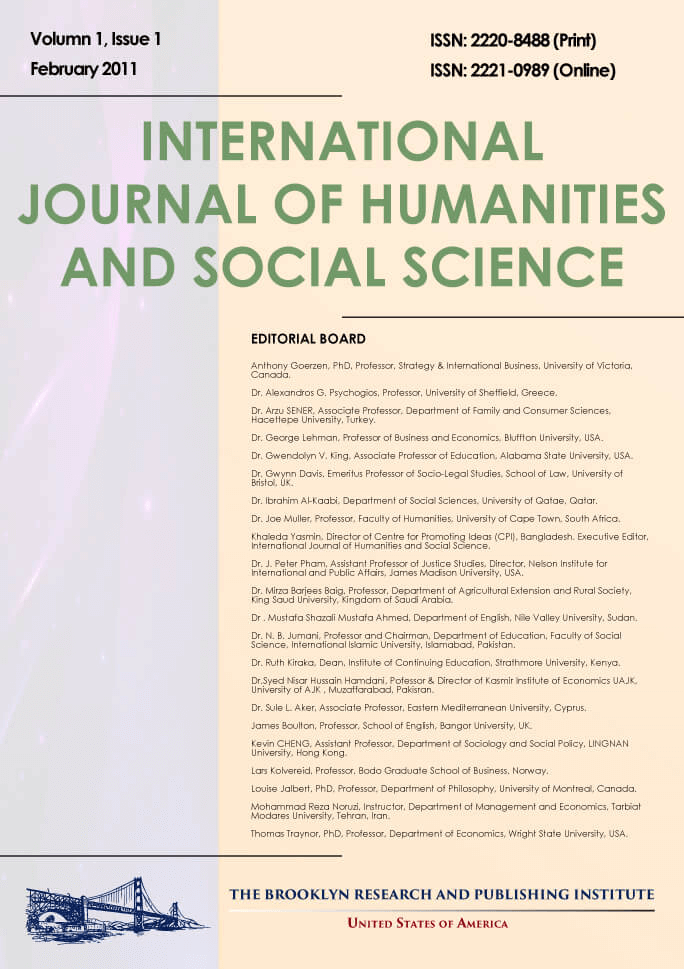T. S. Eliot’s The Waste Land: Emptiness Annihilation in Generative Language Using ChatGPT
Abstract In T.S. Eliot’s The Waste Land, the origin of the waste land from Old Testament, however, he didn’t express or speak out the biblical background or biblical knowledge. He used the rhetoric language with his own style connotation from extension and denotation. So, readers may not get a catch his intention just only reading his parole or speech. He derived the language of poetry with rhetoric composed of words of desolate and words of emptiness. It can be seen as a process to help language learners understand by finding the hidden meaning of the process he created by deriving it. The study guide is to look at the process of studying literature with ChatGPTt, along with linguistic analysis while finding rhetoric in linguistic principle with the mathematic logic or formula So, we cannot interpret literal meaning but presume the contexts with general literary terms in using the ChatGPT on the internet, in a nut shell, we can research the most common definitions of pragmatics with meaning in use or meaning in context.Email: [email protected]
[email protected]
Note: Citation statistics will only be available once the article is indexed in Google Scholar.



